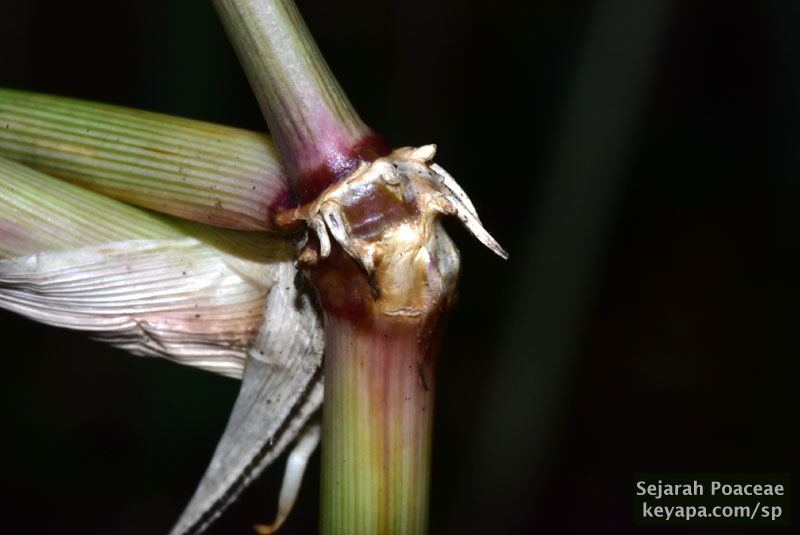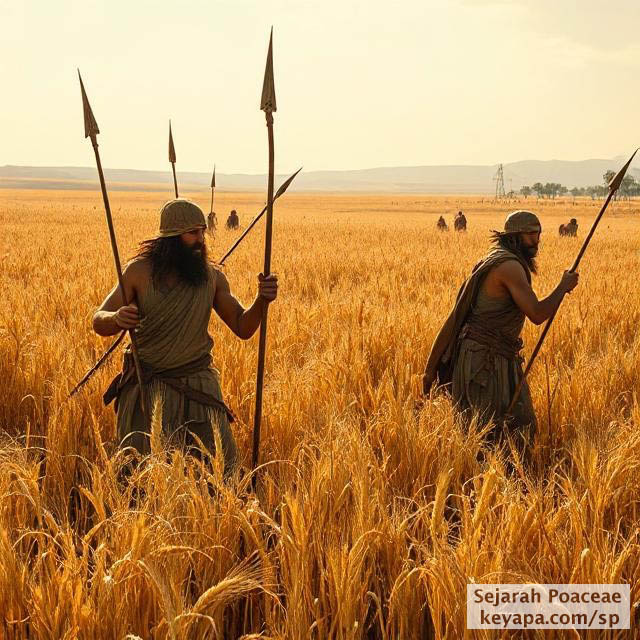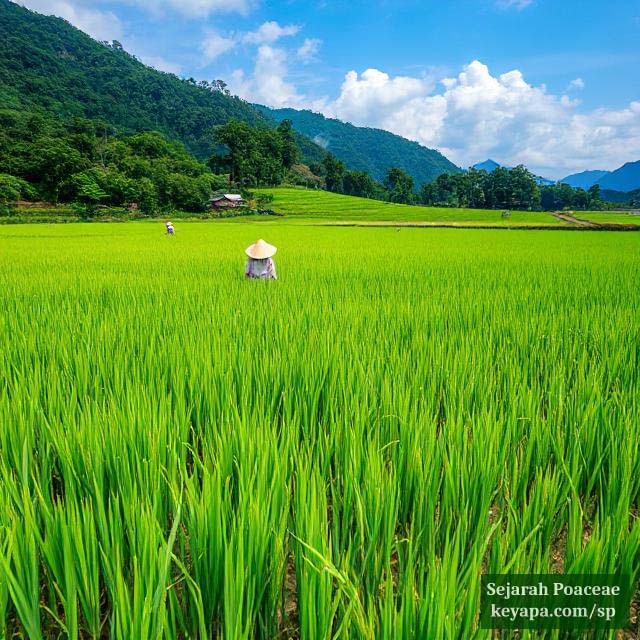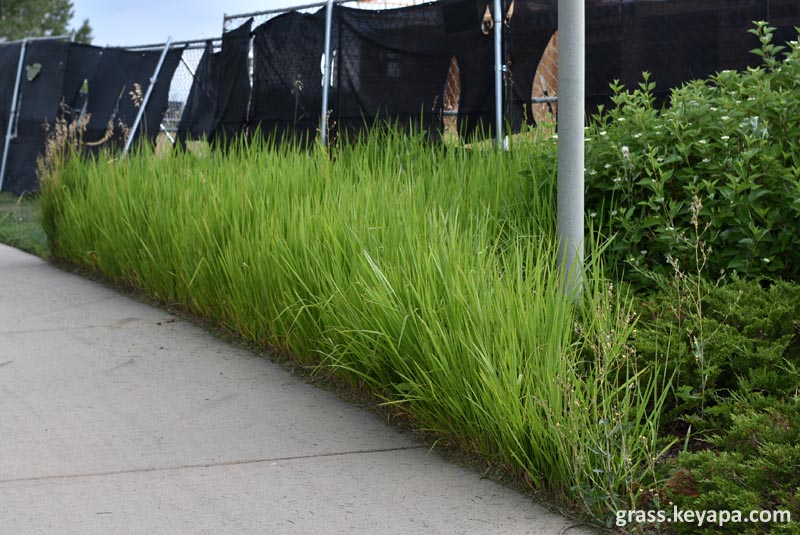Category: Research
-

Scrambling towards vinehood
Awhile back I wondered about the fact that there were so few epiphytic grasses. The attainment of this lifestyle seemed to be a daunting task for a plant family that is in other ways so adaptable. Two weeks back I was walking along a street when a discovery I made highlighted another lifestyle that seemed…
-

How grasses directed and shaped human evolution
Note: Thank you to a reader for pointing out that skin pigmentation may also have been changed dramatically by the onset of agriculture. Did you know that many of the attributes of people today are a direct result of a few grasses? The domestication of grasses for agriculture started several thousand years ago, and occurred…
-

Diversity Fails Part Deux
The Elton hypothesis states that environments with lower resident diversity will be less resistant to invasion. One possible reason for this is that a diverse assemblage of species or functional types is better able to fully exploit all the resources in the area, and thus the invader will not be able to find any niche…
-

A Race Against Time: Oryza sativa (Rice) vs Climate Change
There is no doubts at all that the climate is changing rapidly, and that the average yearly surface temperature has been increasing over the years, with the ten most recent years being the warmest on record. The focus of naturalists and nature lovers in many cases has been on the effect of such warming on…
-

In the Shadow of Giants: When Grasses Started their Quest for World Domination
The Fraser River Trail that runs along the Fraser River and connects the town of Fraser, CO and Winter Park, CO passes through various habitats, from meadows to suburban paths, and even to dark quiet areas covered by tall conifers. It is a paved and easy trail that i would highly recommend to anyone interested…
-

Bamboos Red in Tooth and Claw
The common perception of bamboo has always been somewhat pacifistic, with images of cute pandas intermixed with the culms or images of the beautiful bamboo forests in temperate Asia. But research from the Amazon rainforest seems to show another aspect of this much-loved group of grasses. In the SouthWest Amazon rainforest, a vast area of…
-

Cogon Grass in Colorado: Proof that Winter-Hardy and Aggressive Reversions are Possible
Imperata cylindrica (Cogon grass) in the USA exists in two divergent forms. The first is the wild type form, which is considered cold-intolerant, fairly large, very aggressive, and has uniformly green leaves. In contrast, an ornamental variety that is very cold-tolerant has reddish-green leaves and is much shorter than the wild form. It is also…
-

How Bamboos Exploited Pandas
Pandas are iconic animals that are well known and beloved around the world. They are bears from the family Ursidae, and are endemic to China. But unlike the other members of the taxon, they subsist mainly on bamboo shoots and leaves, even though their teeth and digestive systems are geared towards a meat-eating (carnivorous) diet….
-

Delineating Grassland Evolution Using Phytoliths
I have a strong fascination with the evolution of grasslands, and this recent talk by Dr. Caroline A E Strömberg is pretty much the best and most comprehensive video about that subject. If you are at all a scholar of grasses, then this is one video you should not miss. It is fairly long, but…
-

eDNA and Mammoth Steppes: Let’s Hear It for the Forbs!
Forbs is a catch-all term for all herbaceous plants in grasslands that are not graminoids. That is, these are the species that are not in the plant families Poaceae, Cyperaceae, and Juncaceae. The focus of this website is obviously on the graminoid family Poaceae, and grasses rightly have been the main focus of studies on…
